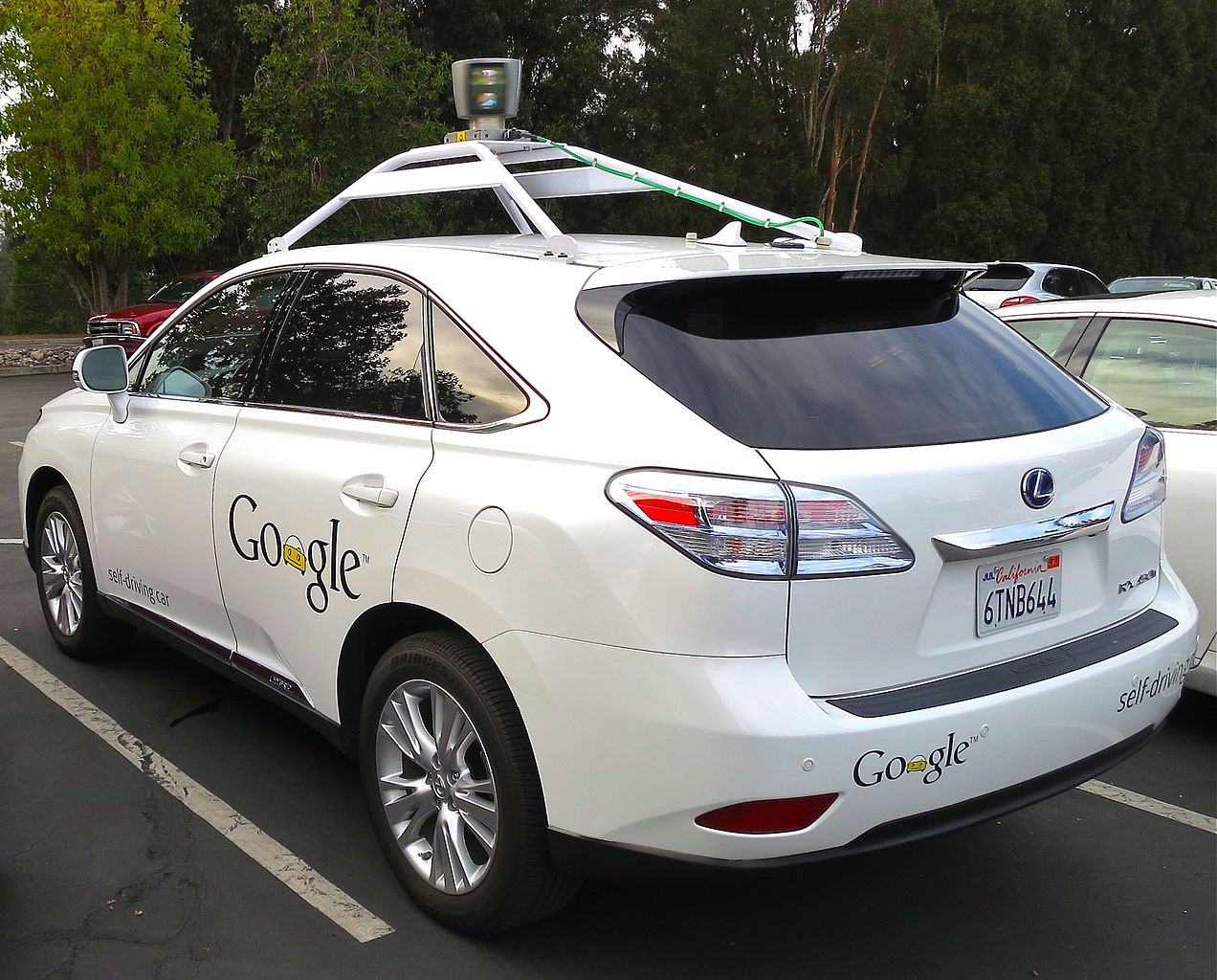What Are Some Examples of Autonomous Vehicles

The Evolution of Autonomous Vehicles: Examples, Types, and Levels of Autonomy
Autonomous vehicles (AVs) are transforming the way we think about transportation. These vehicles, equipped with advanced artificial intelligence (AI), sensors, and computing power, are designed to navigate roads with minimal or no human intervention. While AVs were once a concept limited to science fiction, they are now a reality, with various levels of autonomy in operation. In this article, we will explore examples of autonomous vehicles, the three main types of AVs, vehicles with Level 3 autonomy, the first fully autonomous vehicle, and examples of Level 4 autonomous cars.
Autonomous vehicles come in various forms, ranging from cars to delivery robots and even public transport systems. Here are some notable examples:
- Tesla Autopilot and Full Self-Driving (FSD)
- Tesla has been a pioneer in autonomous driving technology with its Autopilot and Full Self-Driving (FSD) features. While Tesla vehicles are not yet fully autonomous, they operate at Levels 2 and 3, offering hands-free driving on highways and city streets.
- Waymo (Google’s Self-Driving Car Project)
- Waymo, a subsidiary of Alphabet, is a leader in fully autonomous ride-hailing services. It operates self-driving taxis in select U.S. cities, such as Phoenix, Arizona.
- Cruise (GM’s Self-Driving Division)
- Cruise, owned by General Motors, offers autonomous ride-hailing services in cities like San Francisco. Its vehicles operate at Level 4 autonomy.
- Zoox (Amazon’s Autonomous Vehicle)
- Zoox, an Amazon-owned company, has developed fully autonomous electric shuttles designed for urban transportation.
- Nuro (Autonomous Delivery Vehicles)
- Nuro focuses on self-driving delivery robots that transport groceries, food, and other small items in urban areas.
- Uber ATG and Aurora
- Uber’s former self-driving division, now owned by Aurora, aims to develop autonomous trucking and ride-hailing solutions.
- Mercedes-Benz Drive Pilot
- The German automaker’s Drive Pilot system has achieved Level 3 autonomy and is available in select models like the S-Class and EQS.
What Are the Three Types of Autonomous Vehicles?
Autonomous vehicles are broadly categorized into three types based on their functionality and usage:
- Self-Driving Cars (Private and Commercial Vehicles)
- These vehicles are designed for consumer use and include models from Tesla, Mercedes-Benz, and Audi. They operate with varying levels of autonomy, from driver assistance to fully autonomous driving.
- Autonomous Public Transport Vehicles
- Public transport AVs include autonomous buses, shuttles, and taxis. Examples include Waymo’s self-driving taxis, Navya’s autonomous shuttle buses, and Baidu’s Apollo self-driving taxis in China.
- Autonomous Industrial and Delivery Vehicles
- These include self-driving trucks, drones, and delivery robots used in logistics, warehousing, and last-mile delivery services. Companies like Nuro, Starship Technologies, and Einride specialize in this segment.
Which Cars Have Level 3 Autonomy?
Level 3 autonomy, as defined by the Society of Automotive Engineers (SAE), allows the vehicle to handle all driving tasks under certain conditions but requires the driver to be ready to take over when necessary. Some examples of cars with Level 3 autonomy include:
- Mercedes-Benz Drive Pilot
- Available in models like the 2024 S-Class and EQS, Drive Pilot enables hands-free driving on highways in Germany and select U.S. states.
- Honda Legend (Japan Only)
- Honda introduced a Level 3 autonomous driving system called Honda Sensing Elite, available in the Honda Legend sedan, making it one of the first Level 3 cars on the market.
- Audi A8 (Limited Availability)
- The Audi A8 was originally designed to feature Level 3 automation, but regulatory hurdles delayed its full deployment.
- BMW i7 with Level 3 Tech (Upcoming)
- BMW is working on implementing Level 3 autonomy in its luxury electric sedan, the i7, expected to be available in select markets.
What Is the First Fully Autonomous Vehicle?
The first fully autonomous vehicle can be traced back to multiple pioneering projects. However, some of the most notable milestones include:
- Stanford Cart (1960s-1980s)
- One of the earliest experiments in autonomous driving was conducted at Stanford University, where researchers developed a self-driving cart that could navigate obstacles.
- Navlab (1986-1995)
- Carnegie Mellon University’s Navlab project developed the first self-driving cars, with some prototypes achieving significant levels of autonomy.
- Google’s Waymo (2015-Present)
- Waymo became the first company to launch a commercial, fully autonomous ride-hailing service with no human drivers in 2018.
- Zoox’s Fully Autonomous Taxi (2020-Present)
- Zoox developed a unique bidirectional, fully autonomous electric vehicle designed for urban transport without a steering wheel.
What Are Level 4 Autonomous Cars Examples?
Level 4 autonomy means that the vehicle can fully drive itself under specific conditions, such as designated geofenced areas or highways, without human intervention. Some notable Level 4 AVs include:
- Waymo One (Google’s Self-Driving Taxi)
- Waymo operates a fleet of Level 4 autonomous taxis in Phoenix and San Francisco.
- Cruise Origin (GM’s Autonomous Vehicle)
- Cruise developed a fully autonomous vehicle with no steering wheel or pedals for urban mobility.
- Baidu Apollo (China’s Self-Driving Taxi Service)
- Baidu’s Apollo operates Level 4 autonomous taxis in major Chinese cities.
- Einride Autonomous Trucks
- Einride has developed self-driving freight trucks designed for industrial logistics and goods transportation.
- Navya and EasyMile Autonomous Shuttles
- These companies offer Level 4 driverless shuttle services for public transportation in controlled environments.
The landscape of autonomous vehicles is rapidly evolving, with significant advancements in AI, sensors, and computing technologies. While fully autonomous (Level 5) vehicles are still in development, Level 3 and Level 4 autonomous cars are already making a significant impact in personal transport, ride-hailing, and industrial applications. As regulatory frameworks and infrastructure catch up, we can expect to see even greater adoption of self-driving technology in the coming years, revolutionizing how we commute and transport goods. image/wikipedia





